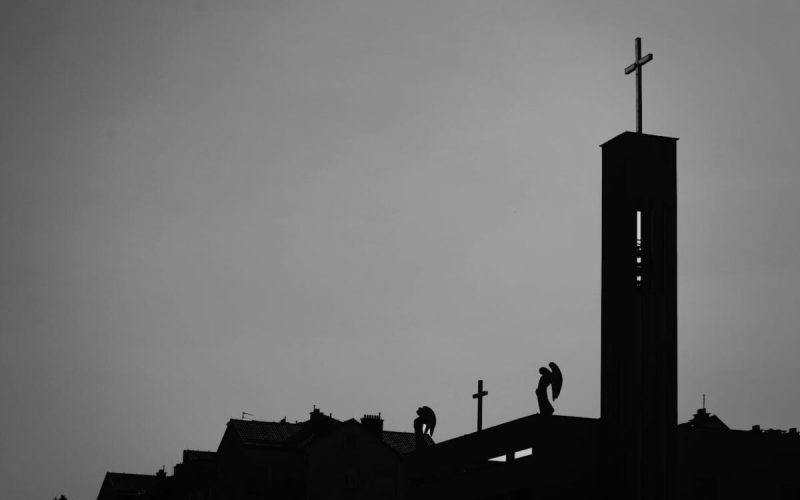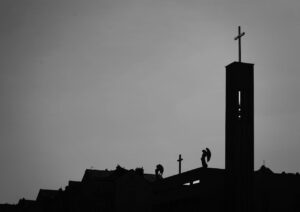Saint Louis the Ninth was the King of France. He was born on April 25, 1214, and he died on August 25, 1270. St. Louis, Missouri, is Named for Him. Saint Louis led the ill-fated 7th and 8th Crusades. He is widely recognized as the most distinguished of the Direct Capetians. Following the death of his father, Louis VIII, he was crowned in Reims at the age of 12. Saint Louis had eleven children, and many of his relatives and children were, or married, royals. As an adult, not only did he deal with conflicts within his empire and with neighboring countries, but he also led those crusades. Have you ever heard of this famous person?

Saint Louis Biography
Saint Louis was born on April 25, 1214, at Poissy, near Paris, the son of Louis the Lion and Blanche of Castile, and was baptized there in the La Collégiale Notre-Dame church. He is related to many Royals. Saint Louis’s paternal grandfather was King Philip II of France, and his maternal grandfather was King Alfonso VIII of Castile. Tutors of Blanche’s choosing taught him Latin, public speaking, writing, military arts, and government. He was nine years old when his grandfather Philip II died, and his father became King Louis VIII.
Saint Louis was twelve years old when his father, Louis VIII, died on November 8, 1226. He was crowned king of France on November 29, 1226. His mother, Blanche, ruled France as regent while he was a child. Saint Louis’s mother instilled in him her devout Catholicism. She is once recorded to have said: “I love you, my dear son, as much as a mother can love her child; but I would rather see you dead at my feet than that you should ever commit a mortal sin.”
In 1229, when Saint Louis was fifteen, his mother ended the Albigensian Crusade by signing an agreement with Raymond VII of Toulouse. Raymond VI of Toulouse had been suspected of ordering the assassination of Pierre de Castelnau, a Roman Catholic preacher who attempted to convert the Cathars. His younger brother Charles I of Sicily (1227–85) was the count of Anjou, thus founding the Capetian Angevin dynasty.
On 27 May 1234, Saint Louis married Margaret of Provence; she was crowned in the cathedral of Sens the next day. Margaret was the sister of Eleanor of Provence, who later married Henry III of England. It is noteworthy that his patronage of the arts inspired much innovation in Gothic art and architecture. In fact, during the so-called “golden century of Saint Louis”, the kingdom of France was at its height in Europe, both politically and economically.
The prestige and respect felt by Europeans for Saint Louis were due more to the appeal of his personality, and political and economic achievements than to military domination. The perception of Louis IX by his contemporaries as the exemplary Christian prince was reinforced by his religious zeal. Saint Louis was an extremely devout Catholic, and he built the Sainte-Chapelle (“Holy Chapel”), which is located within the royal palace complex on the Île de la Cité in the centre of Paris.
In 1230, the king forbade all forms of usury, defined at the time as any taking of interest and covering most banking activities. Saint Louis also oversaw the Disputation of Paris in 1240, in which Paris’s Jewish leaders were imprisoned and forced to admit to anti-Christian passages in the Talmud. He went on the seventh crusade in 1245 and on the eighth crusade in 1254.
Louis died at Tunis on 25 August 1270, during an epidemic of dysentery that swept through his army. Louis’s bones were carried overland in a lengthy processional across Sicily, Italy, the Alps, and France, until they were interred in the royal necropolis at Saint-Denis in May 1271. Charles and Philip III later dispersed a number of relics to promote Louis’s veneration.
Conclusion
Saint Louis was both pious and famous. Millions of Americans live in or visit the city named for him. So, it is worth knowing a bit about him. From a religious perspective, apart from leading two crusades, his religious reforms were a symbol of his devotion and extremism, affecting banking and improving the Jewish people.








